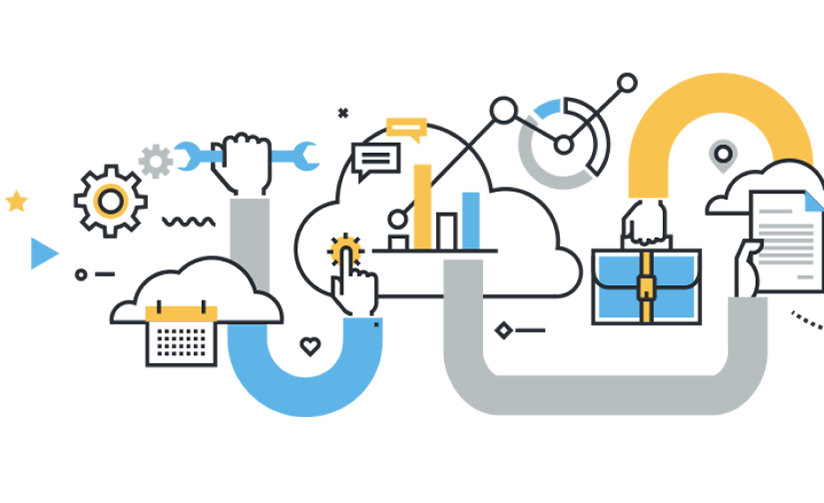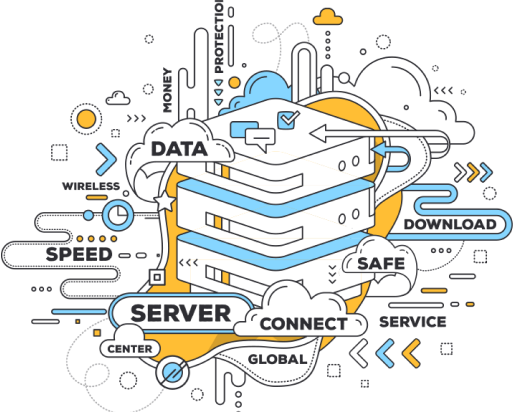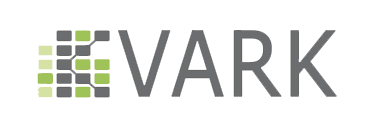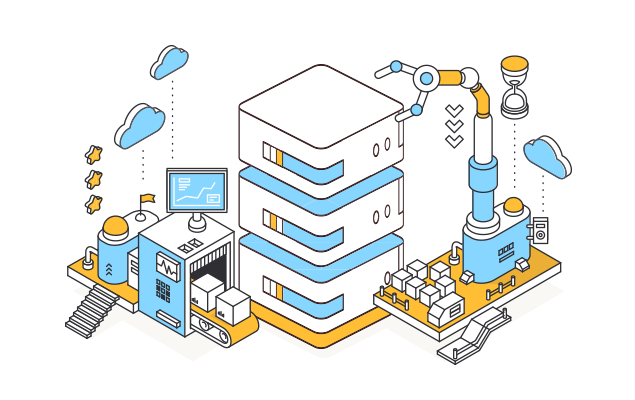Start Your Cloud
Web Security Service
Cloud App Assessment
The Importance of Data Security
About Us
With strong background in different programming technologies and tricks our team see huge prospective in emphasizing our efforts on building state of art security solutions for desktop, web and cloud. Having proven track of successfully completed projects in wide range from mobile applications to scalable client-server enterprise systems our team comrises only the best software, architecture and infrastructure gurus. with strong academic and scientific view of modern technologies. Being very customer-oriented company we always take care of our staff and understand that resposible and carefull relations are very important in software business. If you are interested in getting very professional and up to date solution Kvark-Consulting is your right choice in terms of reliability, time and cost!

System Development
In partnership with Transfosoft we provide full cycle development and testing software and hardware. Our System Development Life Cycle Phases are used as a conceptual model that includes the procedures and policies necessary to develop or alter a system throughout a life cycle. The end result should be a high-quality system that meets or exceeds customer expectations and is within time and budget constraints. Within this framework, these are the main system development life cycle phases:

Initial phase of the SDLC process that sets out to discover, identify, and define the scope of the project to decide the course of action and specifically address the issues that are going to be solved by the new system solution. This crucial phase sets the tone for the overall success of the project, which is why it is during this phase that thorough research is performed to determine resources, budget, personnel, technical aspects, and more.
The purpose of this phase is to understand the business and processing needs of the information system project. Here, the development team considers the functional requirements of the system to assess how the solution will meet the end user’s expectations. The end user requirements are determined and documented and a feasibility study is typically performed to determine if the project is feasible from a financial, organizational, social, and technological standpoint.
After a comprehensive analysis phase, the design phase surfaces. In this third phase, the elements, components, security levels, modules, architecture, interfaces and data of the system are defined and designed to evaluate how the finished system will work and what it will look like. The system design is produced in detail to ensure the system will include the necessary features to meet all functional and operational aspects of the project.
An approved design phase is the catalyst for the next and fourth phase: the development of the information system. In this phase, the development team is hard at work writing code and constructing and fine-tuning the technical and physical configurations necessary to build the overall information system. This is considered by many as the most robust phase in the life cycle as all the labor-intensive efforts are made here, signifying the real start of software production and installation of hardware as necessary.
This phase involves the Quality Assurance (QA) team who is in charge of performing the overall system testing to determine if the system solution meets the set of business goals and if it performs as expected. Additionally, in this phase, all the different components and subsystems of the solution are brought together to bring the whole integrated system alive. As we’ve discussed in previous articles, testing is becoming increasingly important as it helps ensure customer satisfaction by establishing that the system is fault-free.
After the system is given a green light from the QA team, it is brought into a production environment. In essence, during this phase, the project is released to be used and/or installed by end users.
In this final phase, end users can fine-tune the system as necessary to increase performance, add new features and capabilities, or meet new requirements brought to the table by the client. This phase ensures the system remains relevant and usable by replacing old hardware, improving the software, evaluating performance, and applying new updates to make sure it meets all necessary standards and includes the latest technologies to face cybersecurity threats.
Cloud Solution
Start Your Cloud
Cloud App Assessment
Cloud Migration
Cloud Development
Security Solutions
The Importance of Data Security
Truly securing the data of your company and your customers is vital to business success. In today’s world of identity theft and data thieves, many small companies are unfortunately ill-prepared to handle the heavy weight of the responsibility they have for this data.
Most small businesses understand the importance of providing secure storage for their customers’ data. After all, they’ve seen the results of improper storage of data. When a company has to send out a letter to its customers informing them that their private information has been compromised, customers begin to think twice about doing business with that company.

Our solution can work with file share cloud services like Google Drive, BoxNet, Dropbox, Microsoft SkyDrive, etc. , it can encrypt files and folders on local hard drive and encrypt email and email databases of mail clients.
Solution uses Elliptic curve discrete logarithm with 1024bit key size, that fully exponential. It’s means that without key decryption of the data becomes impossible.
Base goal of software is encryption files on the fly, this is possible by encryption of file by parts in different streams, that’s utilize computing power and speed up encryption process.
Basic algorithm of the encryption:
1. Split data to encrypt to pieces;
2. Perform simultaneously encryption of each piece of data;
3. Merge encrypted data back;
4. Processes of data upload to cloud services or write to disk.
Features
- Encryption of any folder on disk;
- Support many cloud storage services;
- Email encryption;
- User can define encryption key size;
- User can send encrypted file to other users
Functionality of the solution based on encrypting whole system, not files or folders only, it works through low system kernel operations. Control of encryption for instances provided via Web UI, where user can start, stop or reboot instances, create instances from prepared AMI or convert own running instances to encrypted environment. Web UI have own rules and policy management for the instances activities.
Supported OS
- Windows
- CentOS
- Red Hat Linux
- Ubuntu
- Debian
- SUSE
Cloud services
- Amazon AWS
- RackSpace
- Eucaliptus
- VMware
- vCloud
Features
- Encrypt whole disk
- Encryption of working instances
- Manual and policy based boot sequence control
- Pre-launch authentication
- Key short expiration term
- User friendly UI
Logging levels
- Key press
- SMS\MMS\Email
- Social applications
- Geo Position
- Call Events logging
- Contacts logging
Remote Control
All famous Cloud Services providers work with instances without data encryption. It means all data stored on the cloud is unencrypted and can affect security of business. Cloud Crypto service developed to eliminate this vulnerability of cloud services. It can work with Linux distributions (Ubuntu, Debian, RedHat, CentOS) and Windows distributions under Amazon EC2 and Rackspace.
Mobile Security
Mobile application developed for business data protection cares about logging all employers actions, preventing business information leaks from devices.





